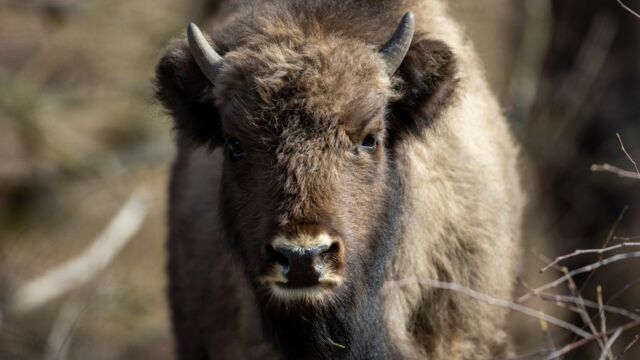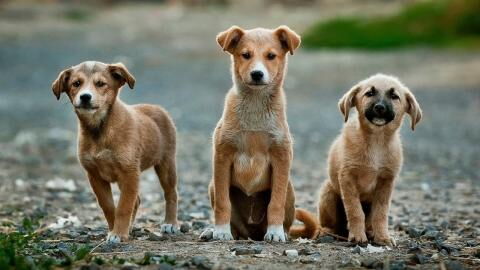Action taken to 'protect the ecosystem'
The bisons, if too numerous, can harm 'the park's water resources, vegetation, soil' and threaten archaeological sites, NPS spokeswoman Kaitlyn Thomas told AFP. As they have no natural predators on site, their numbers will simply increase each year. The solution is to manually cull their population to less than 200 individuals.
Discover our latest podcast
In response to this problem, the authorities of the Grand Canyon Park in Arizona launched a call for applications at the beginning of May to find twelve volunteers ready to participate in the operation. From the 45,000 applications received in just two days, 25 finalists will be drawn, and twelve will finally be chosen.
'One bison per group of volunteers'
Each volunteer will be allowed to kill one bison, which he or she must then be able to 'carry out of the area on foot, without the aid of a motor vehicle,' which is not allowed in the area, says the National Park Service, the federal agency responsible for managing the US's great parks.
To be eligible to participate, volunteers must be US citizens of legal age, 'in very good physical condition,' have their own rifle, undergo training and 'have strong verbal communication skills,' the NPS said.
A resounding success
While the initiative has been a resounding success, it has also been heavily criticised. Several animal rights groups are questioning the approach. The indigenous organisation 'The Sioux Chief' has launched a petition to stop the slaughter and proposes instead the method of transferring the animals, explaining that many tribes could accommodate them. The petition has received more than 22,000 signatures, but the hunt is expected to take place next autumn.















